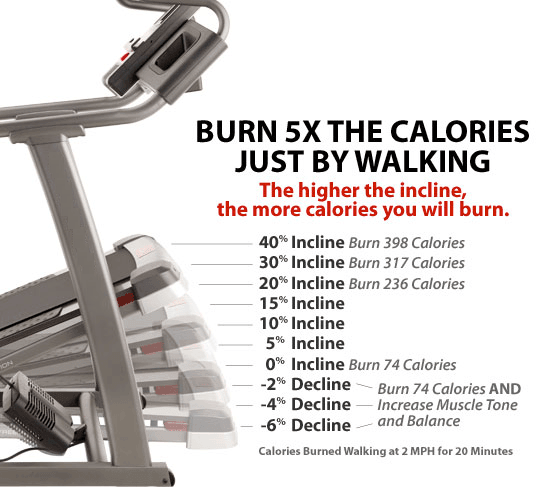In the pursuit of burning fat and achieving fitness goals, many individuals turn to treadmills as a convenient and effective means of exercise. While the incline feature on treadmills is often associated with simulating outdoor terrains or adding variety to workouts, it can also play a crucial role in maximizing fat-burning potential. In this article, we will explore the optimal incline on a treadmill for burning the most fat, taking into account various factors to help you make informed decisions about your fitness routine.

Before delving into the role of incline, it's important to understand how the body burns fat during exercise. When you engage in cardiovascular activities like running or walking, your body relies on both carbohydrates and fat as fuel sources. The intensity of your workout, along with other factors, determines the proportion of these fuel sources used. While low-intensity exercises primarily burn fat, higher-intensity workouts shift the energy source more towards carbohydrates. However, even during higher-intensity workouts, fat is still burned, making it crucial to strike a balance between intensity and duration to maximize overall fat burning.
The 500 calorie treadmill workout can be done like this:
- Speed 4 mph - Incline 5% - Duration 5 min
- Speed 6 mph - Incline 2% - Duration 3 min
- Speed 7 mph - Incline 2% - Duration 1 min
- Speed 3 mph - Incline 10% - Duration 1 min
Repeat it 4 times.
Incorporating incline into your treadmill workouts can significantly enhance the intensity and calorie burn, leading to greater fat burning potential. By raising the incline, you increase the effort required to move against gravity, which engages more muscles, particularly the glutes, hamstrings, and calves. This engagement leads to a higher energy expenditure, resulting in increased fat burning. Additionally, the increased muscle activation can also have long-term benefits by boosting your metabolism, even after your workout is complete.
The optimal incline level on a treadmill for burning fat can vary depending on individual factors such as fitness level, body composition, and overall health. However, a moderate incline of around 1% to 5% is often recommended as a starting point. This range provides a balance between intensity and joint stress, allowing you to maintain proper running or walking form while still engaging the muscles necessary for fat burning.

For individuals looking for a more challenging workout, higher inclines of 6% to 10% or even greater can be beneficial. Steeper inclines increase the workload and energy expenditure, leading to a higher calorie burn and fat utilization. However, it's essential to listen to your body and gradually increase the incline as your fitness level improves. Pushing yourself too hard too soon may increase the risk of injury or muscle strain.
It's important to note that incline alone is not the sole determinant of fat burning. The duration and overall intensity of your workout also play critical roles. Combining higher inclines with interval training, where you alternate between high-intensity periods and recovery periods, can be an effective strategy for burning fat efficiently.
Incorporating incline into your treadmill workouts can be a powerful tool for maximizing fat-burning potential. While a moderate incline of 1% to 5% is a good starting point, higher inclines can increase the intensity and calorie burn even further. However, it's essential to consider your fitness level and gradually increase the incline over time to avoid injury. Ultimately, finding the right balance between intensity, duration, and incline will help you achieve your fat-burning goals and improve your overall fitness. Remember to consult with a healthcare professional or fitness expert before starting any new exercise regimen.









